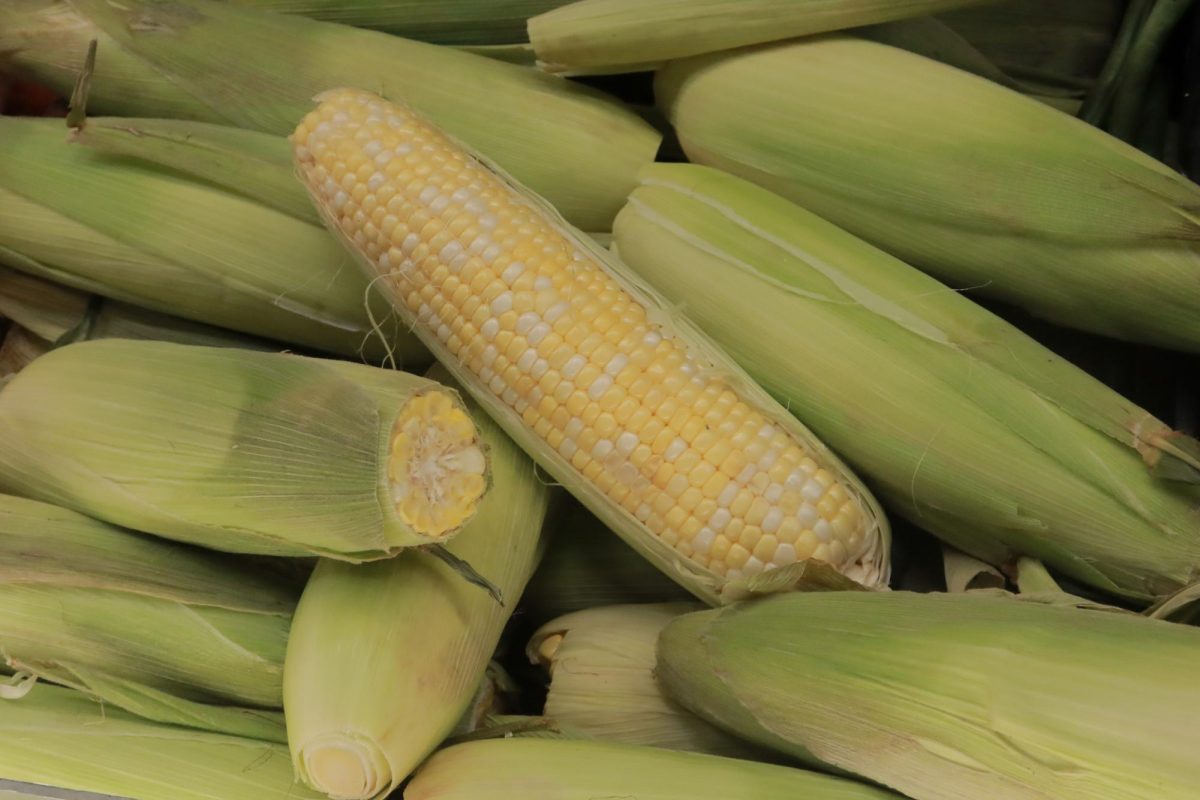In collaboration with professors at the University, researchers are working on a new breed of corn that reduces nitrogen loss. Connor Sible, research assistant professor in ACES, discussed his team’s work on growing this breed of corn and the impact it could have on large-scale farming.
Nitrogen is a vital component in the corn-growing process. All of the proteins in corn require nitrogen for the corn to thrive.
Sible and his team are researching a corn breed that prevents nitrogen loss from soil by releasing specific chemicals into its environment.
“The corn itself does not produce its own nitrogen, but rather it produces compounds in the root exudates that prevent nitrogen loss,” Sible said. “Specifically, this trait reduces nitrification and denitrification by selecting for bacteria in the soil that inhibit these processes.”
Root exudates are a mixture of organic compounds that plants release into the soil. Nitrification is the conversion of nitrogen from a soil-stable form, while denitrification is the process of plants losing nitrogen to the atmosphere.
Get The Daily Illini in your inbox!
Using synthetic nitrogen-based fertilizer is common in large-scale farming but is costly and can have long-term environmental effects. Some of these effects can damage the land on which the crops grow, making it difficult for future harvests. The results of this research could allow farmers to grow more crops at a cheaper rate.
In modern farming, the prevention of nitrogen loss in corn crops has been achieved by using genetically modified corn breeds. However, Sible and his team found a way to produce these effects without modifying the organisms’ genomes.
GMOs, or genetically modified organisms, are common in foods we consume daily, but many people are indecisive about eating them. Many individuals believe them to be completely safe, while others believe they can pose health concerns.
“The traits helping reduce nitrogen loss are integrated into modern hybrids using conventional breeding, no genetic modification involved,” Sible said.
According to Sible, there are also environmental benefits of planting and harvesting these crops, including potentially decreasing the impact of corn agriculture on atmospheric nitrogen levels.
“By reducing nitrogen losses, the fertilizer nitrogen is then kept available for plant uptake,” Sible said. “Overall, this has the potential to significantly reduce the ecological footprint of corn production in the Midwest. That means less harmful nitrate in our waterways and less nitrous gases in the atmosphere, with a significant positive impact on reducing climate change.”
Sible said the implementation of this corn breed could also benefit the economy. As the corn retains more nitrogen, it allows farmers to use less fertilizer.
The new breed could lead to massive benefits for farmers and their livelihoods. But first, Sible says, researchers must prove it can match modern corn crop yields using lower quantities of nitrogen-based fertilizer.
“The key to the success of these hybrids is that they have to be able to achieve similar yield levels to today’s seed,” Sible said. “The goal of the project over the next four years is to ensure these new hybrids can either perform at the same level of today’s hybrids or at least result in high yields at lower applied nitrogen (levels).”







